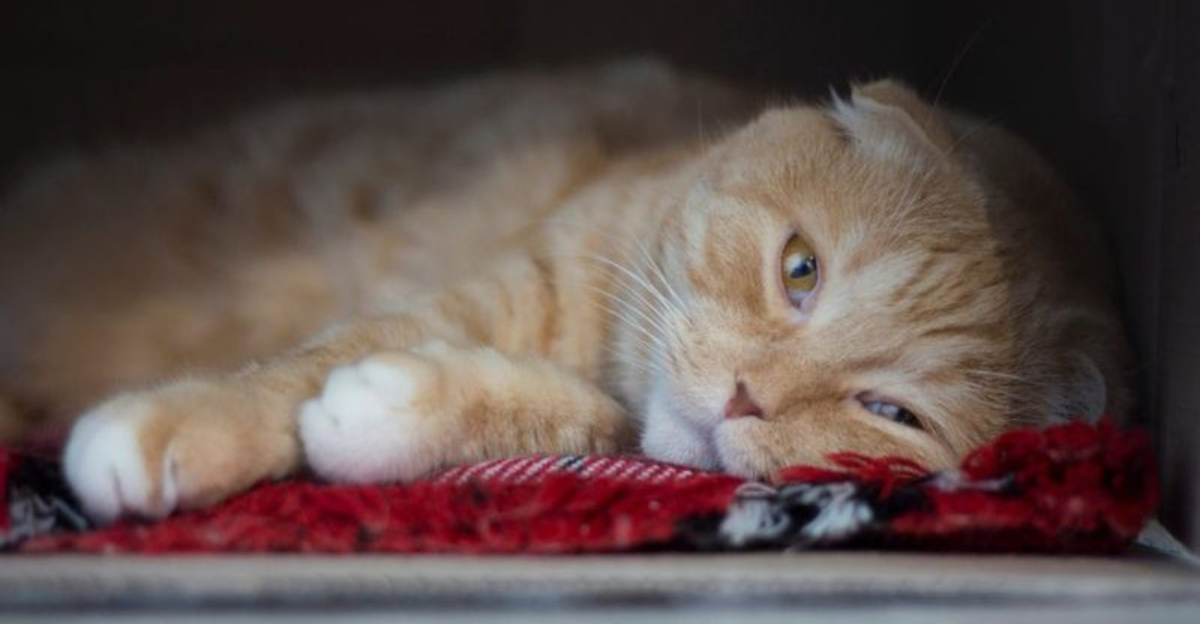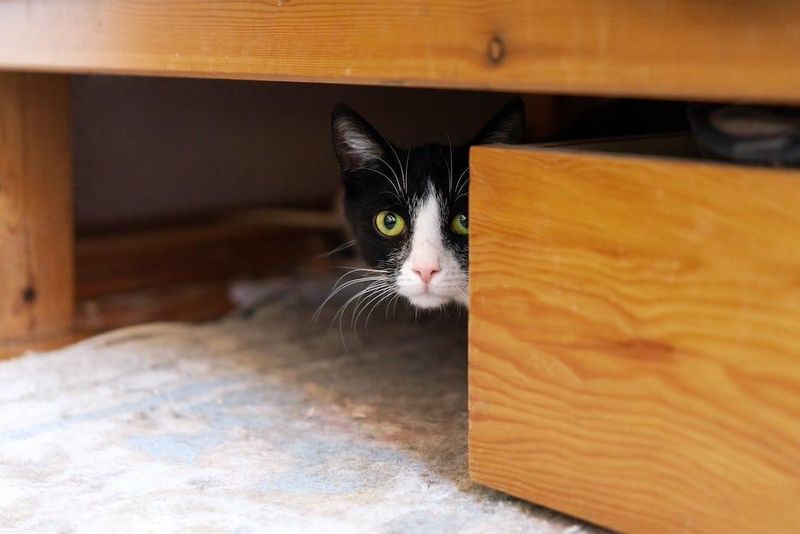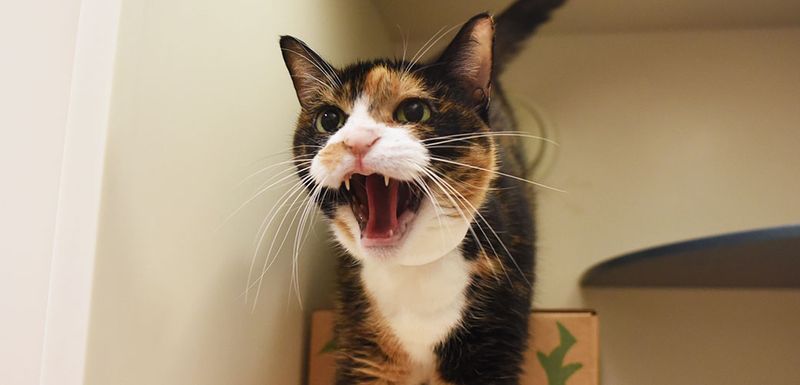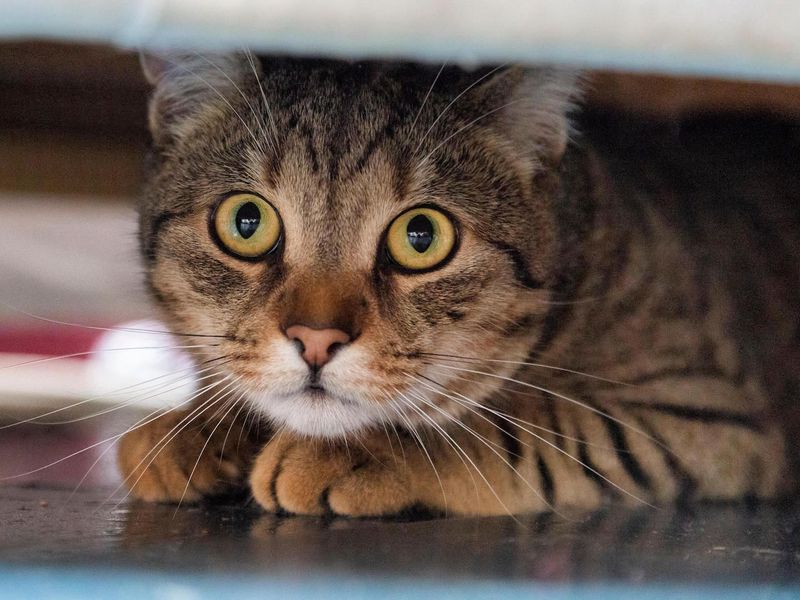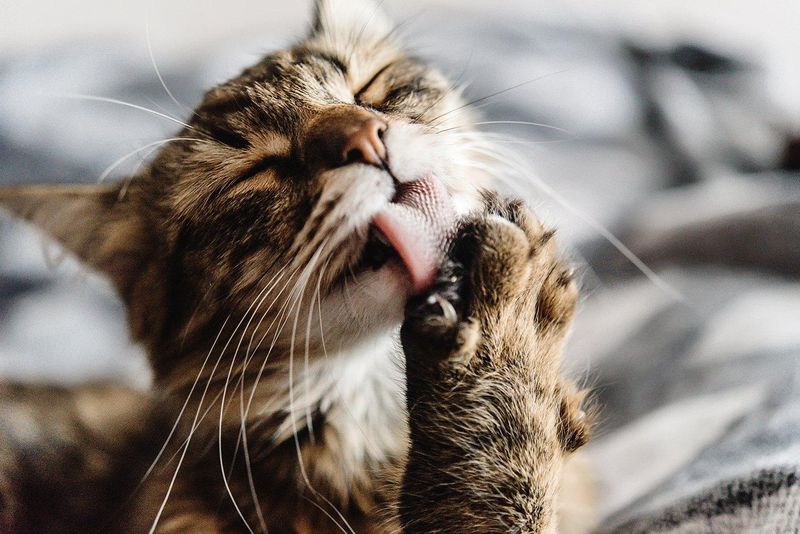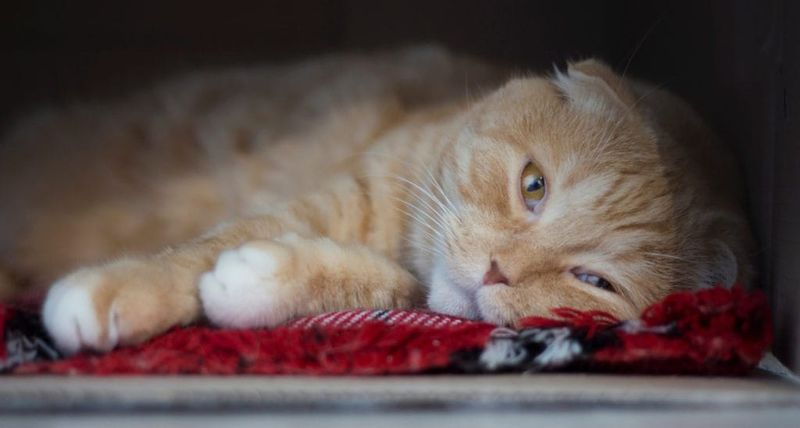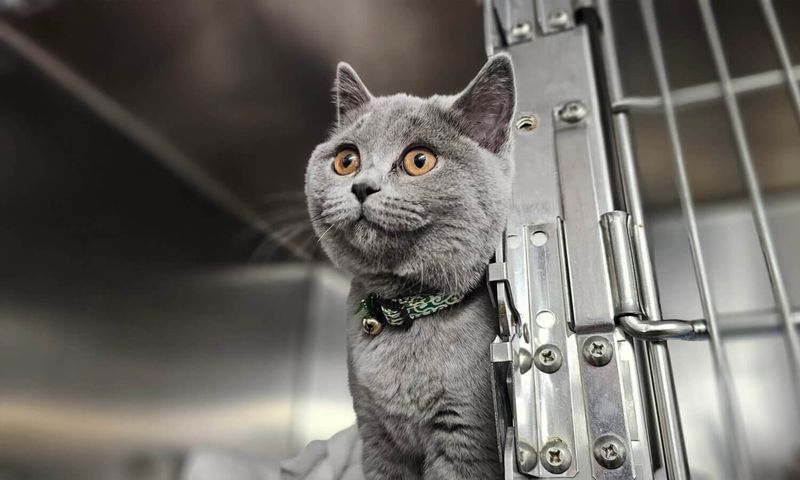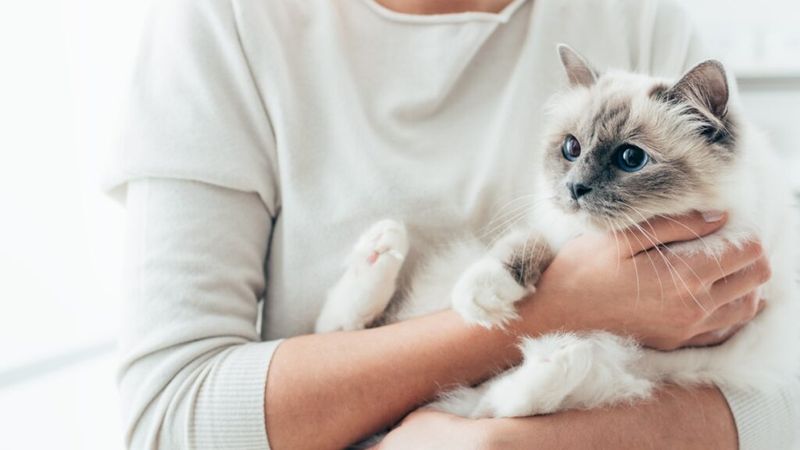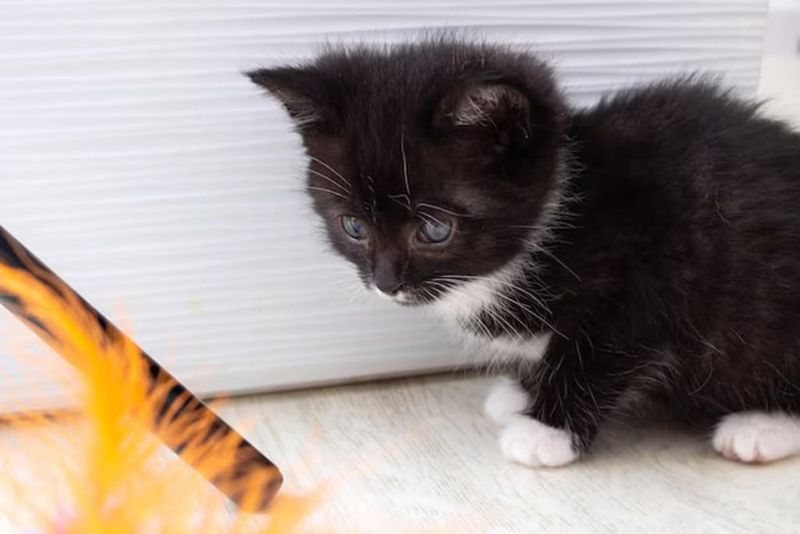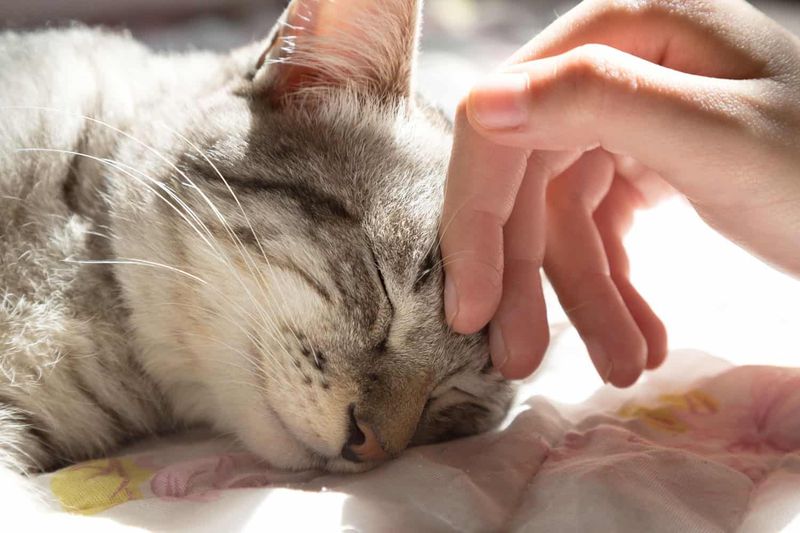📖 Table of Content:
Cats are incredibly sensitive animals, and understanding their emotional needs is vital for their well-being. Abuse can leave lasting scars, both physical and emotional, making it important to recognize the signs early. Identifying these signs allows pet owners to take the right steps in offering support and comfort to a cat in need.
Recognizing the indicators of abuse in a cat can be difficult, but certain behaviors and physical changes often reveal the distress they have experienced. These signs may include changes in temperament, fear, and a reluctance to trust humans. By understanding these clues, steps can be taken to create a safer, more nurturing environment for the cat.
Healing from past trauma requires patience, empathy, and appropriate care. There are compassionate methods available to help an abused cat regain trust and feel secure once again. Implementing these strategies not only aids in their recovery but also ensures they can lead a happier, more peaceful life.
1. Hiding Constantly
Cats that have experienced abuse may exhibit hiding behaviors, a survival instinct to protect themselves from perceived threats. If your feline friend spends most of her time tucked away in a corner or under furniture, it could be a sign of fear.
These secretive spots offer a sense of safety, allowing her to observe her surroundings without being seen. Creating a safe space with cozy blankets and gentle lighting can encourage her to come out of hiding gradually.
Allow her to explore at her own pace, reassuring her with soft words and gentle strokes when she feels comfortable.
2. Aggressive Behavior
An abused cat may resort to aggressive behavior as a defense mechanism. This might include hissing, scratching, or biting when someone approaches.
Such reactions are often rooted in fear and anxiety, not malicious intent. Recognizing the triggers for this aggression can help in addressing the underlying issues.
Approach with caution, offering toys or treats to build trust. Patience is key; let her set the pace for interactions. Over time, with consistent positive reinforcement, this aggression can soften into trust and affection.
3. Fear of Loud Noises
Loud noises can be terrifying for a cat who has been abused. The unexpected clamor can trigger memories of past trauma, causing her to flee or hide.
Providing a quiet, serene environment can help minimize these stress responses. Soft music or white noise might also aid in soothing an anxious feline.
Gradual exposure to everyday sounds, with positive associations like treats, can desensitize her to these triggers over time. Remember, her comfort is paramount; let her adjust at her own pace.
4. Overgrooming
When a cat has been abused, overgrooming can be a symptom of anxiety or stress. You may see your cat licking her fur more than usual, which could lead to patches of missing fur.
This behavior is often a coping mechanism to deal with emotional distress. Observing her grooming habits can provide insight into her mental state.
Consulting with a vet can help rule out medical issues, while creating a calm environment may reduce stress. Interactive toys and playtime can also redirect her focus and help alleviate anxiety.
5. Sudden Mood Swings
Unpredictable behavior, such as sudden shifts from calm to agitated, can occur in cats with a troubled past. These changes can leave both the cat and her owner feeling unsure.
Understanding her body language can help in identifying triggers and avoiding situations that cause distress. Provide a stable routine and a predictable environment to help her feel secure.
Building trust gradually and respecting her boundaries will encourage emotional stability. Over time, these swings can become less frequent as she learns to feel safe and loved.
6. Lethargy and Depression
Signs of disinterest in play and social interactions may appear, with the cat spending the majority of her time sleeping. These behaviors can indicate emotional distress or depression.
This withdrawal is a coping mechanism, often signaling emotional exhaustion. Encouraging gentle play and socialization can gradually uplift her spirits.
Patience and understanding are essential while she heals. Consistent affection and a nurturing environment can reignite her enthusiasm for life, helping her rediscover joy and comfort in her surroundings.
7. Avoidance of Eye Contact
Deep fear can manifest in a cat by her avoidance of eye contact. If she has experienced trauma, she may view eye contact as an act of aggression or threat.
Understanding this behavior is crucial in building trust. Approach her with gentle, slow blinks, signaling peace and safety. Allow her to initiate contact when she feels ready.
Creating a bond through gentle interaction and patience will help her feel more secure. Over time, she may begin to seek out your gaze, a sign of growing trust and affection.
1. Providing a Safe Haven
Creating a sanctuary for your cat is vital in helping her feel secure. A dedicated space where she can retreat offers comfort and a sense of ownership.
Furnish this haven with soft blankets, favorite toys, and gentle lighting. Allow her to retreat here whenever she feels overwhelmed.
This personal space acts as a refuge, helping her build confidence at her own pace. Over time, she’ll associate this area with safety and peace, learning to explore the rest of her environment with growing curiosity and trust.
2. Engaging in Play Therapy
Play therapy can be immensely healing for a cat recovering from abuse. Toys that mimic prey can stimulate her natural instincts, providing both entertainment and exercise.
This engagement allows her to express herself and release pent-up energy in a healthy way. Choose toys that cater to her preferences, encouraging active participation.
Regular play sessions can strengthen the bond between you and your cat, building trust and understanding. Through play, she learns joy and connection, essential steps in her healing journey.
3. Establishing a Routine
Cats thrive on routine, especially those recovering from trauma. Establishing a predictable schedule for feeding, play, and rest provides stability and security.
Consistency in daily activities reassures her of what to expect, reducing anxiety and stress. This routine becomes a comforting backdrop to her healing process.
Adapt the routine to her needs, offering flexibility as she adjusts. Over time, these structured days help her feel safe and grounded, fostering confidence and contentment.
4. Positive Reinforcement
Positive reinforcement is a powerful tool in helping an abused cat feel loved and valued. Rewarding her with treats or praise for desired behavior encourages her to repeat these actions.
This approach builds trust and strengthens your bond. Celebrate small victories, like a gentle nuzzle or playful interaction.
Tailor the rewards to her preferences, ensuring she feels appreciated and secure. Over time, positive reinforcement fosters a nurturing environment where she can heal and thrive, confident in your unwavering support.
5. Providing Gentle Affection
Rebuilding trust in a cat after abuse requires patience and gentle affection. Use soft strokes and a soothing tone, allowing her to decide how much interaction she’s comfortable with.
Respect her boundaries, offering affection when she seeks it. This gentle touch can reassure her of your love and care.
Over time, your consistent affection builds a foundation of trust and security. She learns to associate touch with comfort and safety, fostering a deep bond that supports her recovery journey.
